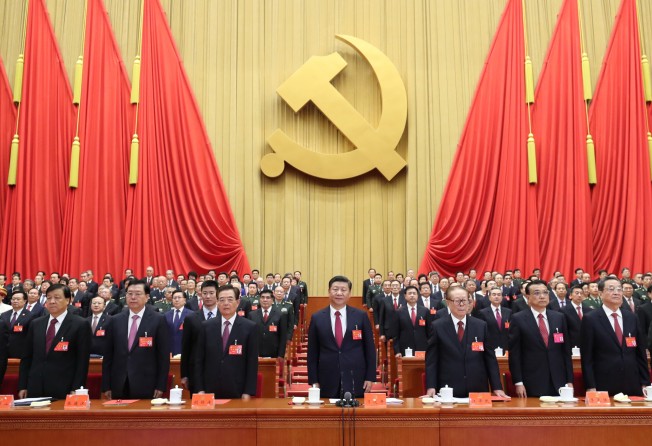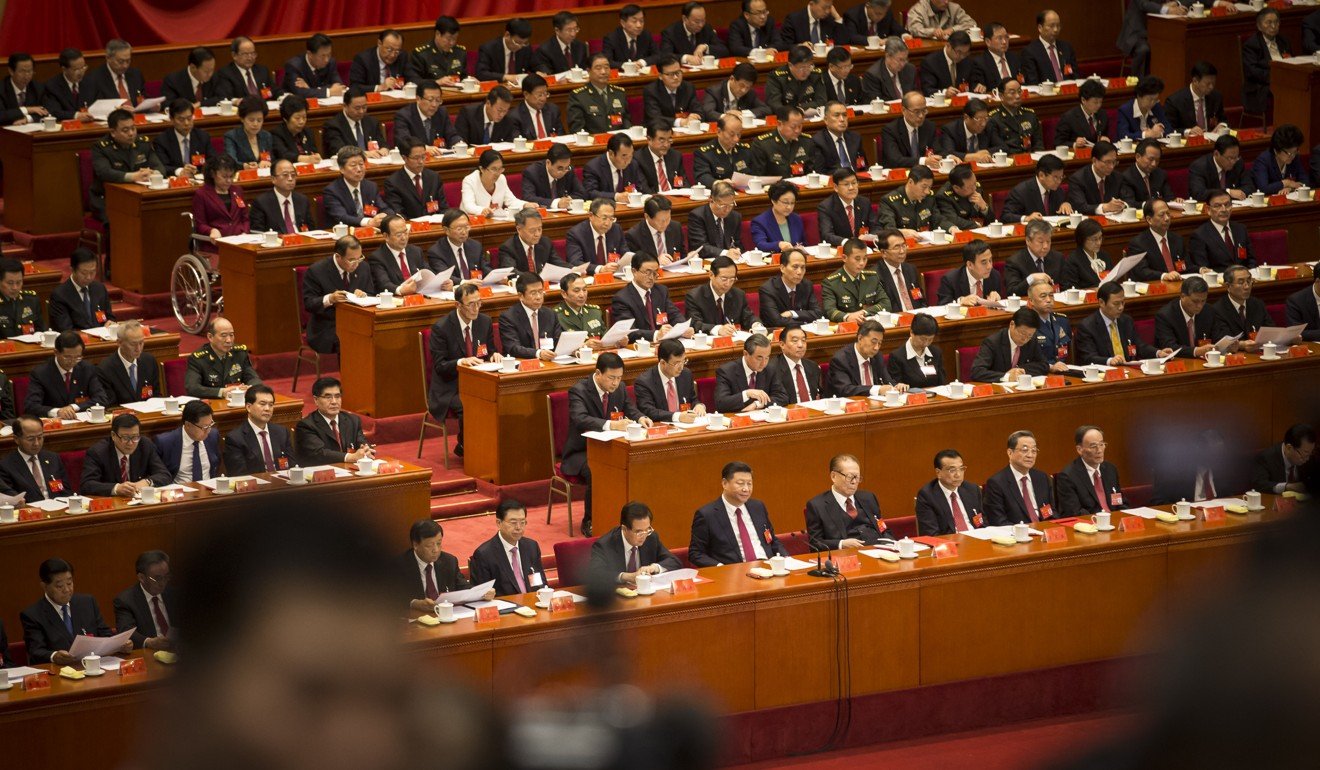
Temper hopes for big state enterprise reform in Xi’s second term
‘We expect the overall financial reform to proceed at a decent clip, although moves in some areas may be more cautious than others, given the need to maintain stability’

President Xi Jinping took the opportunity of the quinquennial Party Congress to lay down an ambitious road map for building a modern and socialist country with Chinese characteristics for the new era. While short of policy details, the long-term vision of realising the “China Dream” was clearly and comprehensively conveyed in his three and a half-hour speech.
For the macroeconomy and financial markets, the speech confirmed the Party’s commitment to deepen structural reforms to unwind economic imbalances and let the market play a decisive role in resource allocation. However, this was not a mere repetition of what was communicated at the Party’s Third Plenum four years ago. Instead, President Xi has augmented the existing road map with new visions and interpretations that were adapted to the changing environment.
First, the focus on economic developments has shifted from a blind pursuit of speed to a growing emphasis on quality, with an aim to make growth more balanced, inclusive and sustainable for the future. Such a directional shift is a result of “growing contradictions” in the Chinese society, where economic developments have become increasingly unbalanced and inadequate to fulfil “the people’s ever-growing needs for a better life”.

Albeit a short remark, but the information content is vast. On a basic level, we think this means that China is steering increasingly away from a growth-centric development model. Notice that despite setting the conceptual goals of building an innovative society by 2035 and modernising the nation by 2050, Xi has refrained from setting specific numerical targets for economic growth.
China still needs to deliver a minimum growth of 6.3 per cent to become a “modestly prosperous society” by 2020, but we think the growth target, beyond that, will be set more flexibly or even abolished.
Second, a slower pace of growth will allow China to concentrate efforts to tackle some of the structural issues in the economy. Xi summarised these issues in one word: unbalanced.
The economy is unbalanced as China has been relying on an investment-centric and industrial-driven growth model. The financial system is made unbalanced by the state-owned banks dominating credit allocation. And the corporate sector is unbalanced because the state-owned enterprises (SOEs) have enjoyed preferential treatments but are unable to convert them into superior performance.
To cure these structural ills, Xi has committed to continue to reform and rebalance the economy. Progress has been made in the recent years to shift China’s economic growth driver from investment to consumption. The latest GDP showed that the latter has contributed 64.5 per cent of GDP growth over the past 12 months, while the investment contribution was less than half of that.
Financial system reforms have also proceeded with speed, with the liberalisation of onshore interest rates, more flexibility in the exchange rate, and a growing interconnection between the domestic and international markets. Xi has pledged to further open up China’s financial system to foreign investors, and has set up a super committee in July to coordinate policies and reforms among the different regulators. We expect the overall financial reform to proceed at a decent clip, although moves in some areas (e.g. capital account liberalisation) may be more cautious than others, given the need to maintain stability.

Finally, there may seem to be an “apparent” inconsistency to some in Xi’s reform philosophy. On the one hand, he wants to transform China into a market-based economy. On the other hand, Xi has stressed the importance of the Party’s leadership in guiding China’s economic and social developments. Indeed, the strong emphasis on the Party’s control over economic affairs has made some question Xi’s reformist credential.
Nowhere are such contradictions better manifested than in the SOE reforms. The lack of mass privatisation of state-owned companies has been a major disappointment for the market. Some even criticised Xi’s approach in SOE consolidation, which builds bigger and more powerful companies, while targeting private firms for supply-side reforms and capacity reduction. The combination has led to a phenomenon of “the state sector advancing with the private sector retreating”.
We have commented on these differences in reform approach in past commentaries. SOEs, especially those in strategic areas, are important assets for the Party as a source of wealth and income, but also an intermediation of state control over the economy and society. For example, without the contribution of SOEs in driving investment and employment, Beijing would not be able to quickly implement its 4 trillion yuan (US$602.98 billion) stimulus, which spared China from the pain of the global financial crisis. Giving up controls of SOEs will diminish the Party’s influence and clout, and is inconsistent with Xi’s “development led by the Party” strategy.
Investors therefore need to recognise this difference, and temper their hopes on something that they may see only limited, if at all, progress. This does not mean that China will be doomed by not carrying out reforms in line with the free-market theory. China has been amazingly successful in charting its own development course in the past decades, and who is to say that the “Chinese characteristics” won’t prove its effectiveness again?
Aidan Yao is senior emerging Asia economist of AXA Investment Managers